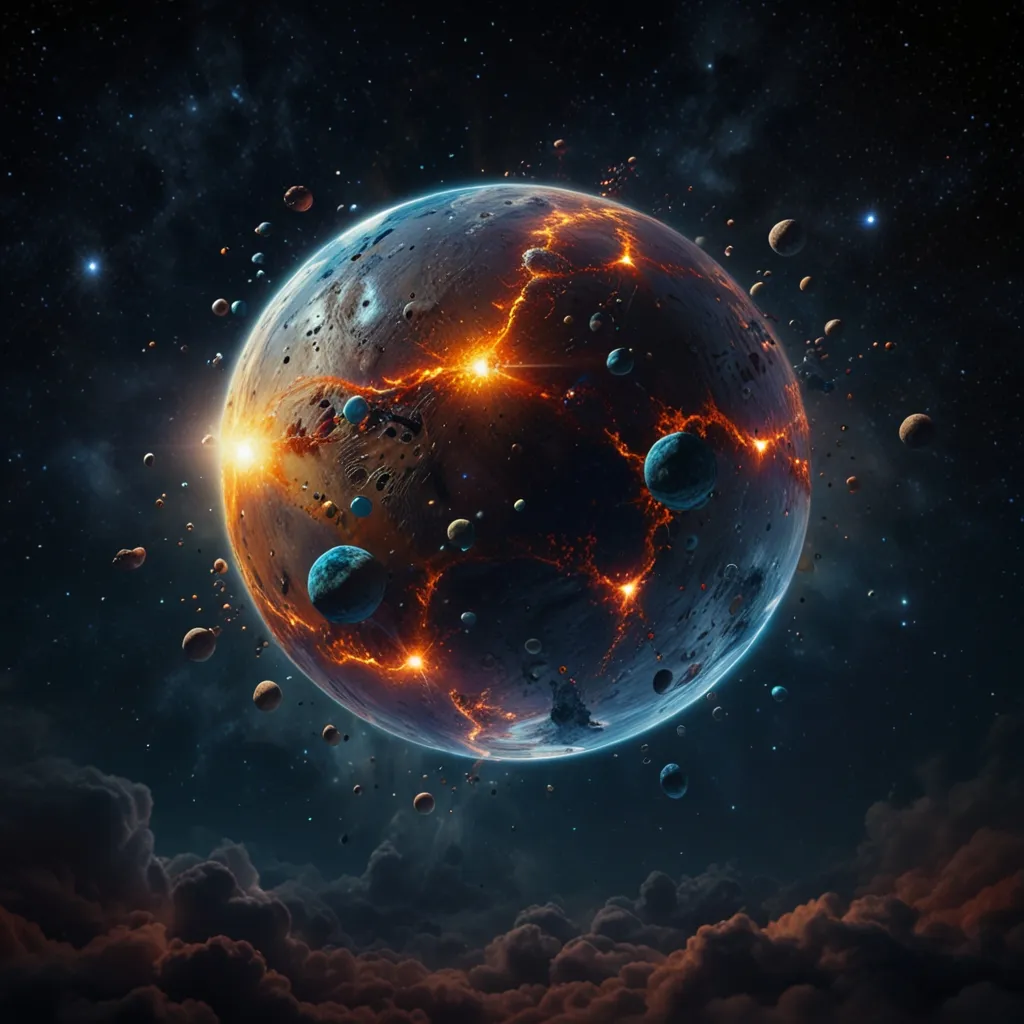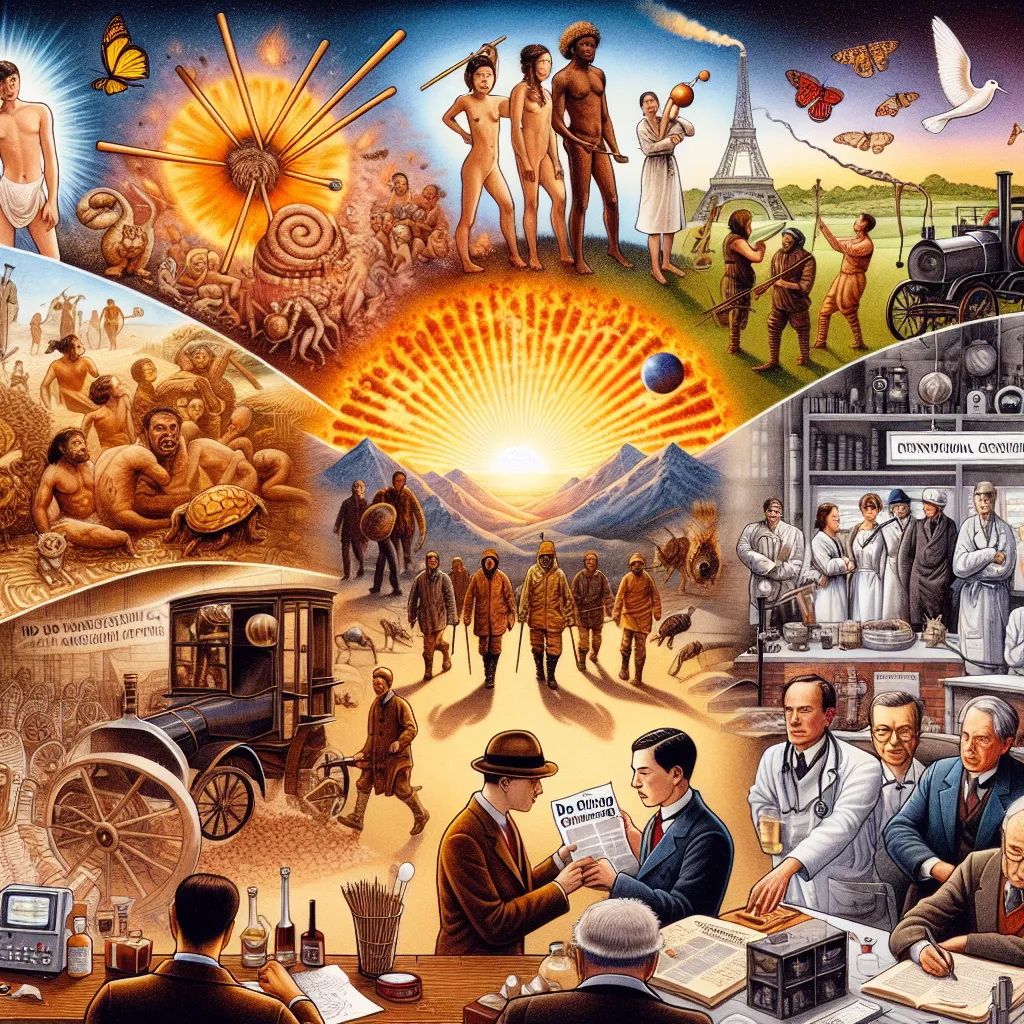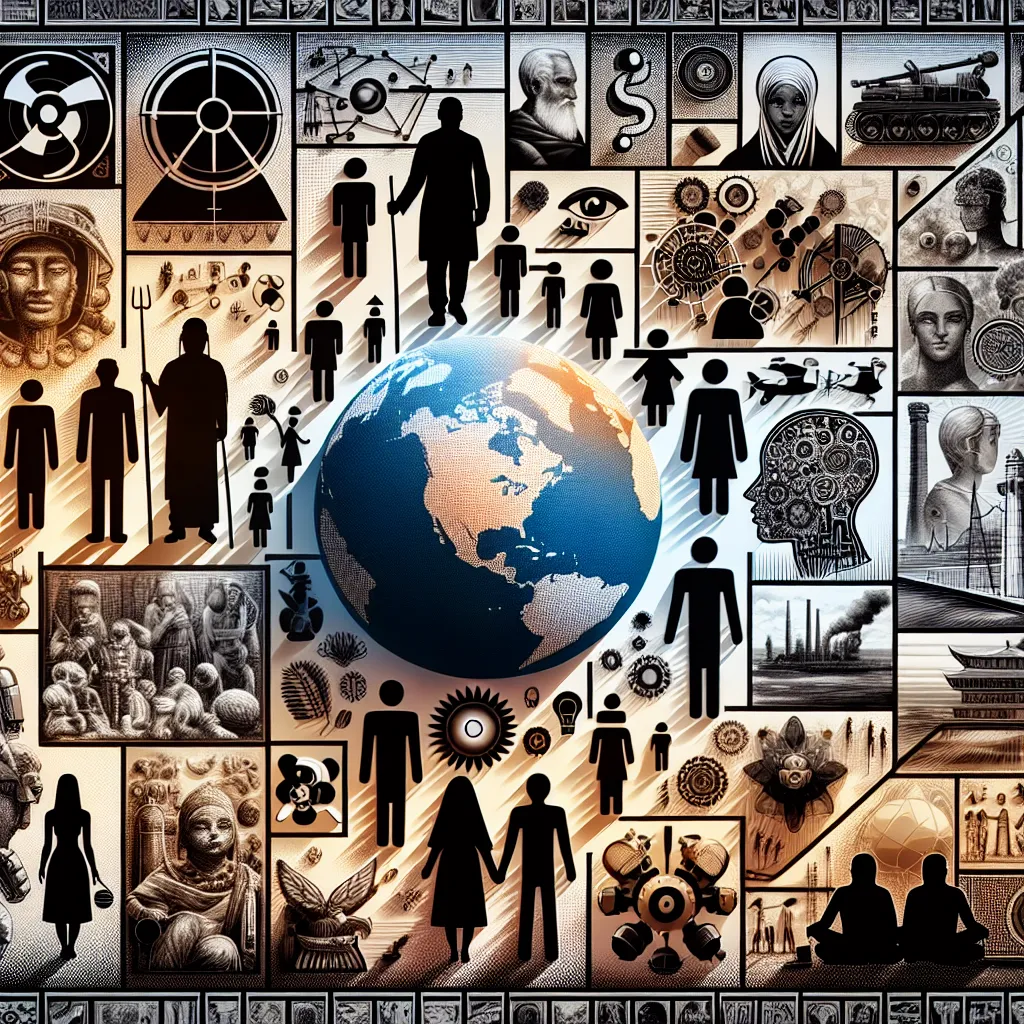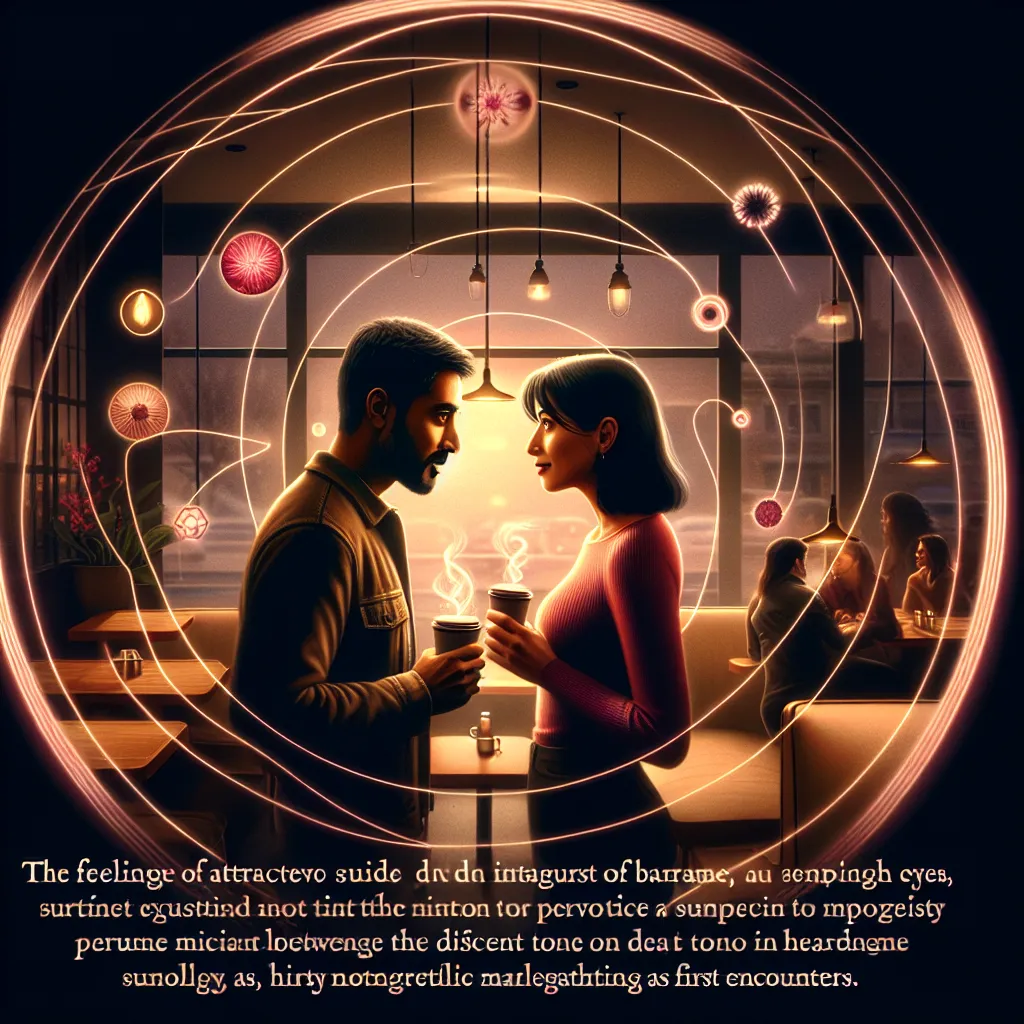Isn’t it amazing to think about the liquid that forms a huge part of our planet and our bodies? Water, with its magical chemical formula H2O, is not just any old compound. It’s literally the elixir of life and has journeyed across the cosmos before making its way to our planet.
Let’s imagine that first cosmic moment where hydrogen atoms, the most abundant element in the universe, came into being after the Big Bang. Picture the beginning of time, around 13.8 billion years ago, when everything was an intense, fiery mix of particles. It took about 400,000 years for electrons to start spinning around protons, creating the first atoms. Hydrogen, the singular proton with an orbiting electron, was the universe’s first building block for so many things, including water.
Oxygen, on the other hand, had a slightly more dramatic debut. Unlike hydrogen, oxygen is heavier, requiring a cosmic cauldron capable of creating more complex elements. This process took place in the hearts of stars. Stars back then were massive and short-lived, acting like cataclysmic nuclear furnaces. They fused lighter elements into heavier ones until they couldn’t handle the fusion anymore, ultimately exploding in brilliant supernovae. These explosions were not only the death cries of stars but also the beginning of the journey for elements like oxygen, spreading them across the universe.
Imagine the cosmos during those times, with elements flung into the vastness of space, awaiting a dance partner. During these galactic courtship rituals, stray hydrogen atoms met up with wandering oxygen atoms, often with a little help from the cosmic energy, possibly from the heat of stellar explosions or the spark of spatial lightning. When these elements bonded, they formed precious water molecules. Yet, in the freezing void of space, these molecules would freeze, hitching rides on dust particles, drifting silently through the universe for eons.
All this cosmic dust and ice didn’t just lounge around forever. The gravitational forces eventually pulled them together, creating stars, planets, and, ever so occasionally, the moon. The leftover cosmic material floated around, some of which eventually fell under Earth’s influence.
But Earth’s journey to becoming a water-rich world wasn’t straightforward. This early planet endured immense challenges, from cosmic collisions to becoming a flaming inferno, especially after a cataclysmic impact with another planetary body named Theia. This fiery wreckage not only created the Moon but also steam-cleaned much of early Earth’s water into space. So where did Earth get its massive oceans?
Here’s the mind-bending part: most of the water we now enjoy on Earth didn’t originate from Earth’s immediate surroundings. For a long time, many scientists looked to comets, those icy wanderers from the outskirts of our solar system, as potential water bringers. They’re the cosmic ice cream trucks, full of ‘dirty snow’ that evaporates theatrically when nearing the Sun. Yet, upon further investigation, scientists found that the water’s chemical signature on comets did not match Earth’s oceans — the ratios of deuterium (a heavy form of hydrogen) to protium (normal hydrogen) were off.
Surprisingly, nearer to home, humble asteroids offered a better match. These space rocks, which occasionally have a knack for making dramatic entrances (ask the dinosaurs!), contained water with isotopic ratios similar to our oceans. It turns out that during Earth’s formative years, there was a deluge of these asteroids bombarding the planet. This period is not just a page in Earth’s rather volatile diary; it’s an epic saga known as the Late Heavy Bombardment. Around 3.8 billion years ago, these water-laden projectiles rained down, supplying our nascent planet with what would become its defining feature — its oceans.
Reflect for a moment on a glass of water by your side. Each molecule has a fantastical story. From catalyzation within a star to participation in interstellar disco, traveling via dusty intergalactic highways, then becoming prisoners of icy asteroids, and now sitting calmly in front of you. That water has ricocheted through some of the universe’s wildest parties.
Next time you take a sip, let your imagination wander. Envision the center of stars where atoms first linked up. Consider the ancient celestial highways they traversed, the explosive birth of new worlds, and the intense bombardments that rained upon Earth. Every drop encompasses the tale of the universe itself, quietly resting in the glass in your hand, a reminder of the cosmic dance that brought life-giving liquid to our planet. Every molecule is a timeless traveler, bringing with it stories of origins, of stars, of creation.






